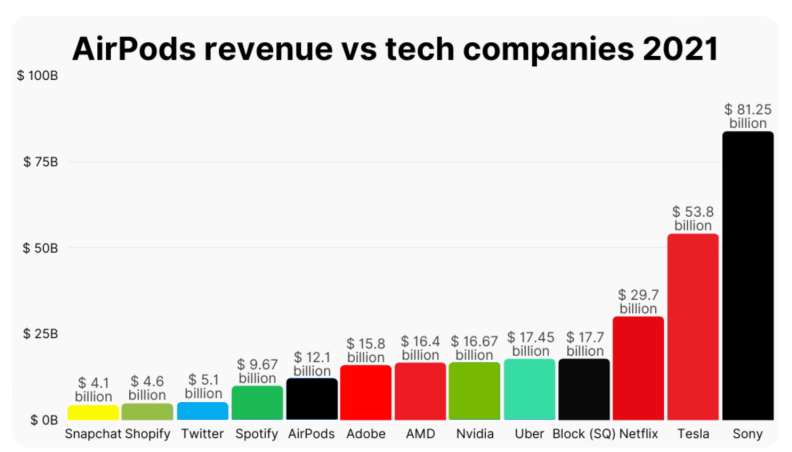Mistake # 2: Missing the Niche
To thrive as an online business owner, finding and focusing on a niche market is your ticket to success.
This means that you have to be a specialist who does ONE thing exceptionally well rather than someone who does everything but only decently. So don’t miss out on your niche by being too general. Focus on the one thing you do extraordinarily well.
Going for a niche market is like shining a spotlight on your offerings, making it effortless for the ideal customers to say, “This is exactly what I’ve been looking for!”
Missing your niche is like shooting in the dark. It’s either hit or miss, mostly misses. It’s all about honing in on your unique strengths, catering to a specific audience, and creating an irresistible match that sparks instant attraction.
What is a Niche Market?
A niche market is a specific group of people for which your product or service is designed. It’s like a unique flower that only grows in a special place.
For example, Maternity activewear is designed for pregnant women wanting to stay active during pregnancy.
A niche market allows businesses to thrive by providing specialized products or services that cater to a specific audience.
Why Niche Market?
- Understanding Your Customers: Focusing on a niche helps you address your client’s pain points, values, aspirations, and emotions, allowing for more effective communication.
- Sending a Clear Message: Tailoring your ads, emails, descriptions, and offers to a specific audience makes your message easy to understand and relatable.
- Competitive Advantage: By specializing in a niche, your business becomes an expert in that area, standing out from competitors with broader targets.
In the vast world of e-commerce, “niche” is a fascinating concept. It’s like finding hidden gems within a treasure chest. Every market can be finely tuned to cater to specific groups with unique needs and preferences.
Think about it: Some customers seek luxury, while others prefer budget-friendly options. Some are after premium quality, while others love handmade charm. And then some are driven by shared values and interests.
A good example is “Black Rifle Coffee,” which targets Military veterans instead of a generic coffee-loving audience. The result? A brand that struck a chord and was successful.
Mindjournal is another outstanding niche e-commerce business. They specialize in selling self-help journals designed for men facing mental health challenges. With an understanding of their target audience’s needs and experiences, they offer empowering tools for men looking to prioritize their mental well-being.
Remember, true success begins by focusing on one niche before branching out. So find your sweet spot, become an expert, and watch your e-commerce business succeed.



